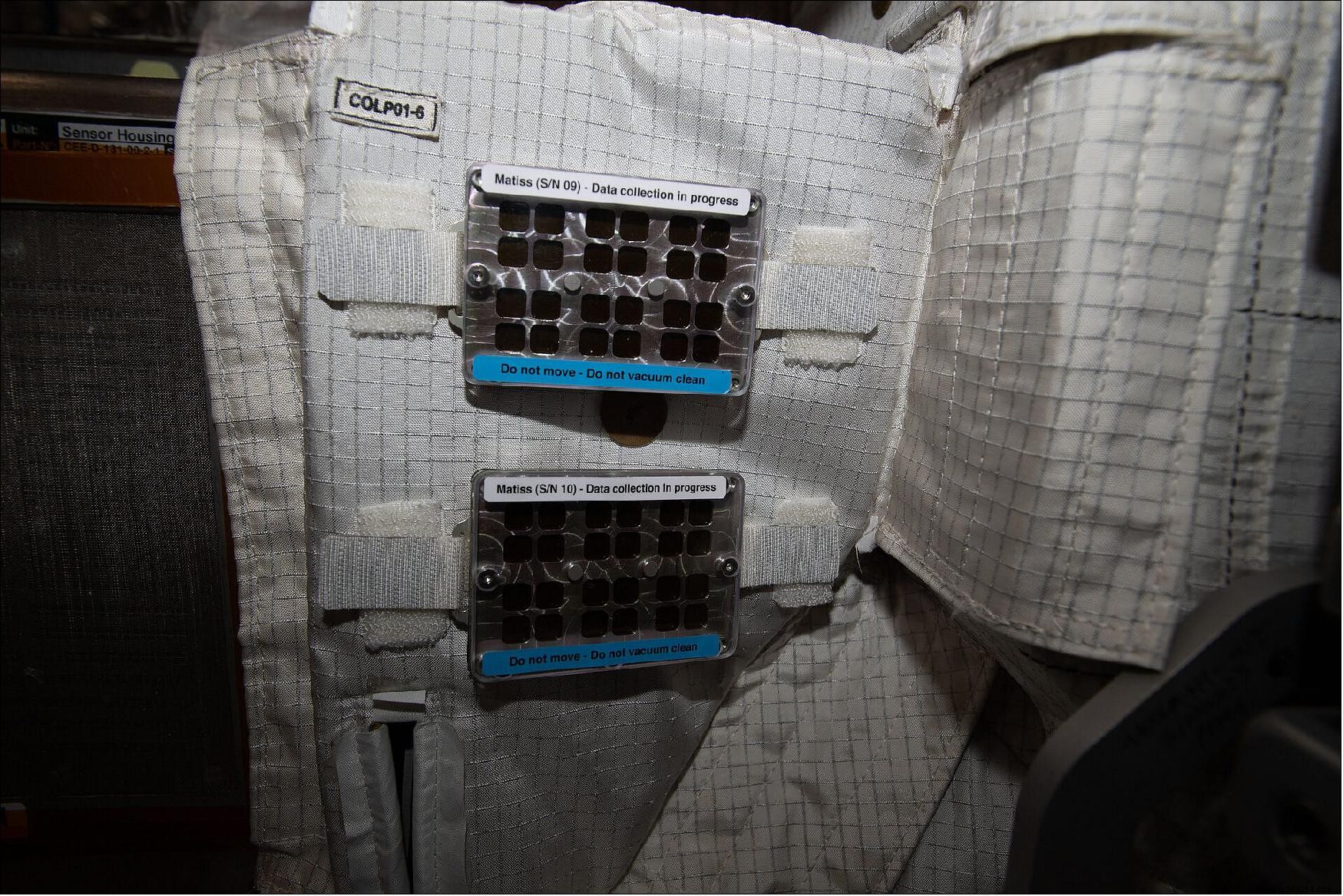Hygiene is paramount aboard the International Space Station (ISS). And yet, one part remains permanently dirty. This is neither a sign of laxity nor a coincidence. It is actually an experiment on behalf of the National Center for Space Studies (CNES).
The International Space Station has been constantly occupied for about two decades. And since the beginning, hygiene has been a very important point and has been the subject of unfailing rigor . Indeed, any uncontrolled bacteriological development can lead to a disaster. This can, for example, affect the quality of the recycled air. As a video from the European Space Agency (ESA) shows at the end of the article, the astronauts of the ISS are therefore carrying out a conscientious cleaning each Saturday. Using a vacuum cleaner and antibacterial wipes, they disinfect the surfaces and go over every corner. Along the way, they also pick up and collect waste.
Currently, however, an area of the station is not being cleaned, and this is not due to laxity! It is actually an experiment called MATISS, an acronym in English meaning "fixation of microbial aerosols on innovative surfaces". The goal? Investigate how microbes attach and spread to various surfaces developed by researchers.

The experiment in question is the result of a collaboration between various French institutions:CNES, ENS Lyon and CEA-Leti. More specifically, this work aims to provide a better understanding of the biofilm attachment mechanism in a situation of microgravity. Remember that biofilms are structured clusters of bacterial cells. They are coated with a polymeric matrix and attached to a surface capable of protecting bacteria. This allows them to survive in hostile environmental conditions . The smart surfaces of the MATISS experiment react to the arrival of bacteria. The objective is to prevent them from landing, but above all from proliferating and generating their famous protective biofilm.
Launched in 2016, the experience has already passed three major stages. The first consisted of placing four sample holders for six months in various locations on the Columbus module. The other phases were similar except that the materials used were different. For CNES, the discoveries made possible by the MATISS experiment should in the fairly near future make it possible to simplify decontamination operations aboard the ISS. Moreover, it is not impossible that this research will also have terrestrial applications, for example in public transport.